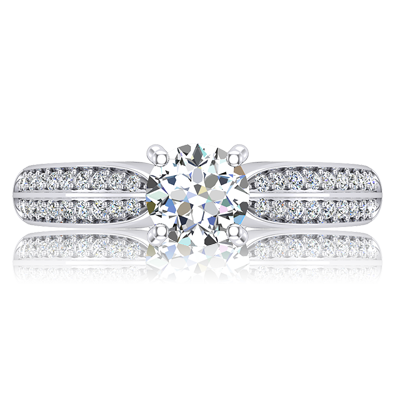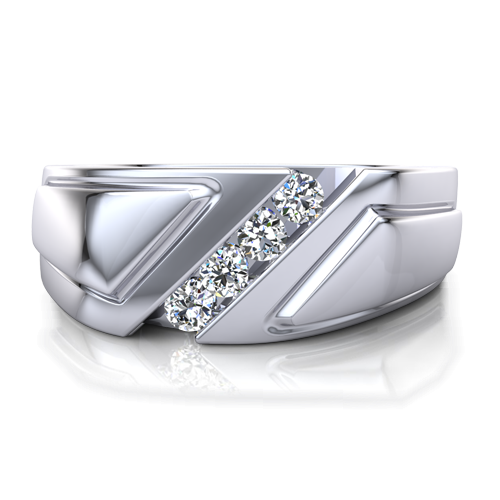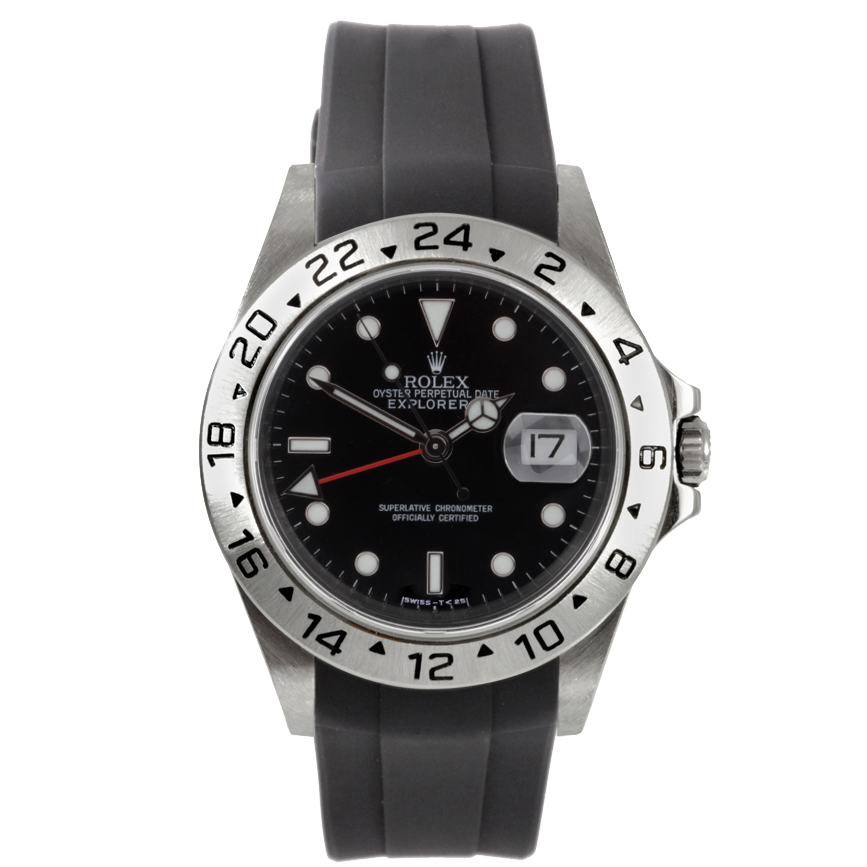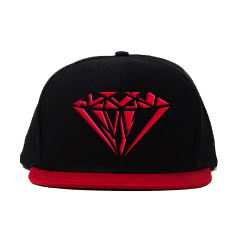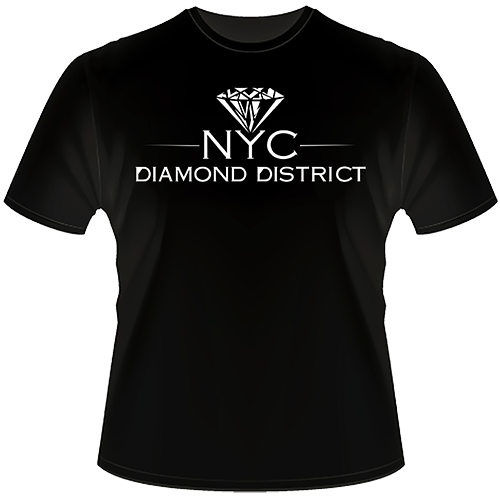You have no items in your shopping cart.
Watches Education
To create a fine timepiece, several of components must be created, designed and assembled by a team of professional watchmakers. Each watch will have different look and will have a unique functions so it must be made with different components. The watch diagram below outlines the basic elements in fine watches to build a basic understanding of their technical makeup. Understanding the anatomy of luxury watches will help in selecting the style of watch best fit for you.

APERTURE
A small opening (also called a “window”) in the dial that displays certain information such as the date, day, month or moon-phase.
JEWEL
Small Sapphires or Rubies, located on the movement, that reduce friction by acting as bearings for gears in a mechanical watch.
BEZEL
Usually made of metal, the bezel is a ring around the crystal on the top portion of a watch that holds the glass or crystal in place.
LUG
Sometimes referred to as horns, lugs are projections on the watch case that are used to secure the strap or bracelet to the watch case.
CASE
The container that protects the watch movement. Cases are available in many shapes such as round, square, oval, tonneau and rectangular.
MOVEMENT
Acting like an engine, a movement is the inner mechanism of a watch that keeps time and powers the watch’s functions.
CROWN
A button on the outside of the watch case used to set the time and calendar. On mechanical watches, it is also used to wind the mainspring.
PUSHER
Button(s) located outside of the case that control specific functions of the watch. Pushers are most commonly found on watches with a chronograph.
CRYSTAL
Made of glass, plastic or synthetic Sapphire, the crystal is a transparent cover that protects the watch dial and reduces glare.
ROTOR
Attached to the watch movement, the rotor rotates freely to wind the mainspring and store power in automatic timepieces.
DIAL
A plate, with a metal base and visible through a crystal, that carries certain indication, such as the hours, minutes and sometimes seconds.
STRAP
A strip or band of leather or rubber that holds the watch to the wrist. It must be non-metal to be considered a strap; a metal version is a bracelet.
HAND
Indicators that move over the dial to point at the hour, minute or second. Watches generally have three hands to show the hours, minutes and seconds.
SUBDIAL
A small dial placed inside the main dial on a watch’s dial that give information not provided by the main watch dial such as a chronograph.

